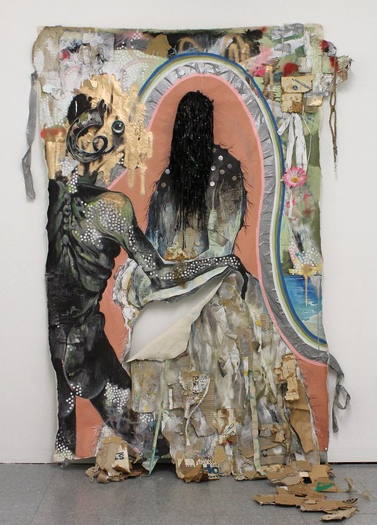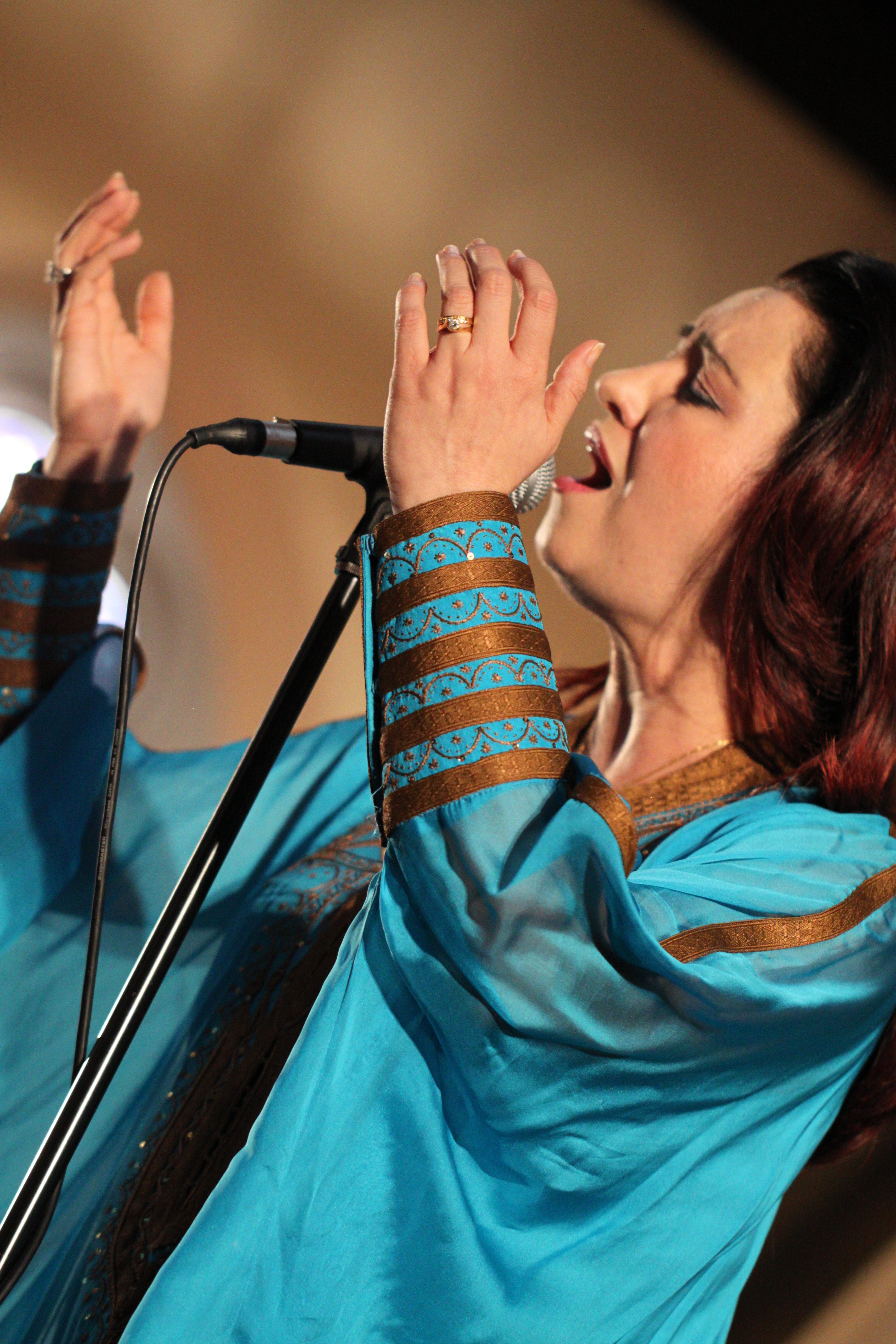Digital Earth is a 6 month-long fellowship for artists and designers based in Africa or Asia, working across a variety of media, who would like to investigate our current technological reality. It is a unique research support programme, which supports experienced artists to reflect, research, experiment and produce work. The fellowship consists of a monthly stipend for work and production costs, mentorship, and other various resources. The final results will be exhibited in a roaming exhibition.
Digital Earth calls upon divergent artists and designers to embark on a journey to examine, challenge and respond to the material and immaterial condition of the current technological reality. For the duration of the programme the fellowship provides a subsistence allowance and production budget to forward-looking practitioners interested in independently creating work within a specific place, context or institution. The fellowship is aimed at artists and designers at a stage in their career wishing to take 6 months for reflection and research. With a mix of talented artists and designers at work, there could emerge plenty of innovative art & design projects from this programme. Working on exploring the future of digital technology combined with the current reality of mankind could prove challenging, while bringing out the most imaginative sides of the artists. Some of these projects may even end up as valuable NFTs to be sold on popular marketplaces, as nft stats seem to indicate a sharp rise in the popularity of unique digital artwork, which the end results of this programme are sure to be.
The geographical focus of the fellowship is on the entanglement of old and new routes that connect Asia to Africa, crossing the Middle East and Central Asia. For centuries, these land and maritime trajectories shaped regional and intercontinental balances of power and culture. Today, similar routes are crossed by goods, people and data at speeds faster than ever, through a circuit of ports, mines, airports, refineries, high-speed railways, fibre optic cables and mobile antennas. Perhaps here more than anywhere else, digital and material trails can be followed through different sovereignties, cultures, latitudes … and are hopefully unraveled.
Examples of possible research topics are: the infrastructure of Mongolian crypto-mining, the performativity of the robot-ports on the Siberian coastline, the soundscapes of the coltan mines in the heartlands of Congo, the cultural protocols of freeport zones, the aesthetics of satellite imagery, the agency of machinic vision, the political imaginations of geoengineering projects – and more.
The Digital Earth Fellowship provides:
1. A stipend to enable research, experimentation and to produce work in a specific geographic location in Africa or Asia, for 6 months. The exact amount of the stipend will be based on the cost of living of the country where the research will take place.
2. Access to a research and production infrastructure consisting of a network of researchers, (online) theory and practice courses, research institutes, exhibition venues, creative hubs, art biennales, residencies and companies.
3. A mentor, who will support you in your research. The Digital Earth mentors are internationally-renowned artists, designers and researchers.
4. The chance to discuss your practice with other fellows during sessions on Google Hangouts;
5. Final works and research findings will be exhibited in 2019 or 2020 in a roaming exhibition.
Eligibility
- Projects should be based in one of the following countries in Asia or Africa: Afghanistan, Algeria, Armenia, Angola, Azerbaijan, Bahrain, Bangladesh, Bhutan, Benin, Brunei, Botswana, Burkina Faso, Burundi, Cabo Verde, Cambodia, Cameroon, Central African Republic (CAR), China, Chad, Comoros, Democratic Republic of the Congo, Republic of the Congo, Cote d’Ivoire, Cyprus, Djibouti, Egypt, Equatorial Guinea, Eritrea, Eswatini (formerly Swaziland), Ethiopia, Gabon, Gambia, Georgia, Ghana, Guinea, Guinea-Bissau, India, Indonesia, Iran, Iraq, Israel, Japan, Jordan, Kazakhstan, Kenya, Kuwait, Kyrgyzstan, Laos, Lebanon, Lesotho, Liberia, Libya, Madagascar, Malawi, Mali, Malaysia, Maldives, Mauritania, Mauritius, Mongolia, Morocco, Mozambique, Myanmar, Namibia, Nepal, Niger, Nigeria, Oman, Pakistan, Palestine, Philippines, Qatar, Rwanda, Russia, Sao Tome and Principe, Saudi Arabia, Senegal, Seychelles, Sierra Leone, Singapore, South Korea, Somalia, South Africa, South Sudan, Sri Lanka, Sudan, Syria, Tanzania, Taiwan, Tajikistan, Thailand, Timor-Leste, Togo, Turkey, Turkmenistan, Tunisia, Uganda, United Arab Emirates, Uzbekistan, Vietnam, Yemen Zambia, Zimbabwe.
Selection
Your application will be assessed by a selection committee on the basis of your research proposal; this includes this includes the quality of your work, your visual and reflective skills. Also, the committee will look into the relevance of your proposal to the research outline of Digital Earth. A balance will be sought between applicants from different geographic locations.
How to apply
Please make sure to read all the requirements and conditions described in this pdf and on our website, before submitting an application. Apply digitally, by emailing an application (no later than 25 July 2018 (23.59, CEST)) to info@thedigitalearth.org.
Practical Info
Duration: September 2018 until February 2019
Number of participants: 15
Organizations that will provide webinars, workshops and residencies:
British Council, Hivos, Ashkal Alwan, Electric South, Kër Thiossane, Strelka and The New Center for Research and Practice, more TBA.










